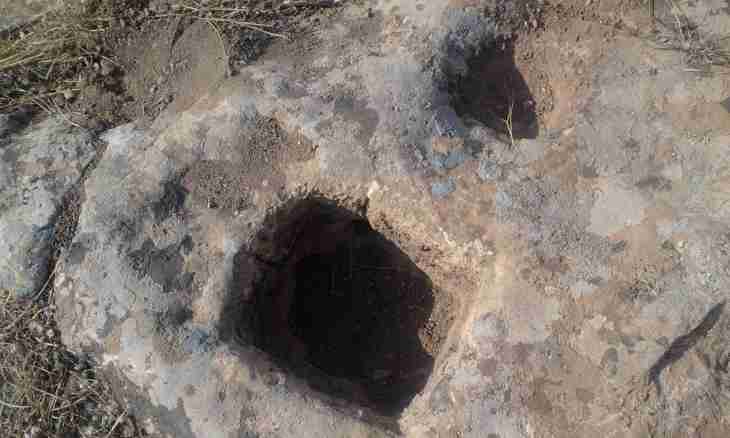The ability to define distance to objects on the area can be useful in the most various situations. For exact and fast determination of distance there are special devices (range finders, scales of field-glasses, sights and stereopipes). However, even without having special devices, you can learn to learn distance by means of the simplest make-shifts.
It is required to you
- Matchbox, pencil, ruler
Instruction
1. The most simple way to define distance on the area is connected with use of an eye estimation. The main thing here – the trained visual memory and ability to mentally postpone on the visible area a constant linear measure, for example, of 50 or 100 m. Fix standards in memory and if necessary compare to them that distance which you need to measure on the area. One of the simplest standards – distance between power line columns which makes usually about 50 m.
2. Measuring distance by means of mental postponement of a constant measure, consider that local objects will seem reduced depending on their removal. In other words, during removal twice the subject will seem twice less.
3. When using an eye estimation keep in mind that in the conditions of insufficient visibility (in fog, in twilight, cloudy weather, at a rain, etc.) objects seem located further, than is actually. Accuracy of such way, first of all, depends on fitness of the observer. The usual mistake on kilometer makes about 15%.
4. Use method of determination of distances by the linear sizes. For this purpose take a ruler and you hold it at arm's length. Measure on a ruler in millimeters the visible width (height) of an object to which you measure distance. The valid width (height) of a subject known to you, transfer to centimeters, then divide into the visible size in millimeters, and increase result on 6 (constant). The turned-out result will be required distance to an object.
5. The third way to determine distance on the area – by angular size. For this purpose it is required to know the linear size of an object (length, height or width) and also a corner in thousand under which an observed object is visible. Having such data, determine distance to an object by a formula: D = L x 1000/A; where D — distance to an object; L — the linear size of an object; A is a corner under which the linear size of an object is visible; 1000 — a constant.
6. For determination of angular size it is necessary to know that to the piece 1 mm long located at distance of 50 cm from an eye there will correspond the corner in 2 thousand. Respectively, for a piece the angular size will be equal in 1 cm 20 thousand and so on. Remember angular sizes (in thousand) some make-shifts: A thumb (thickness) – 40; The Little finger (thickness) – 25; The Pencil - 10-11; The Matchbox (width) – 50; The Matchbox (height) - 30 Match (thickness) – 2.

